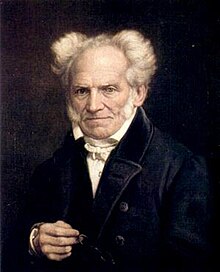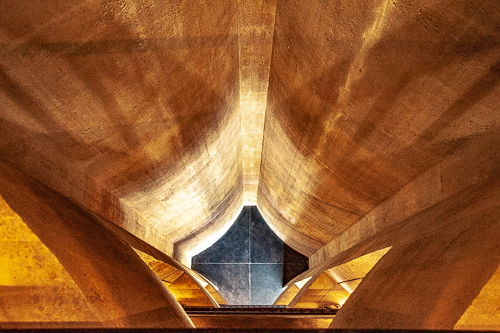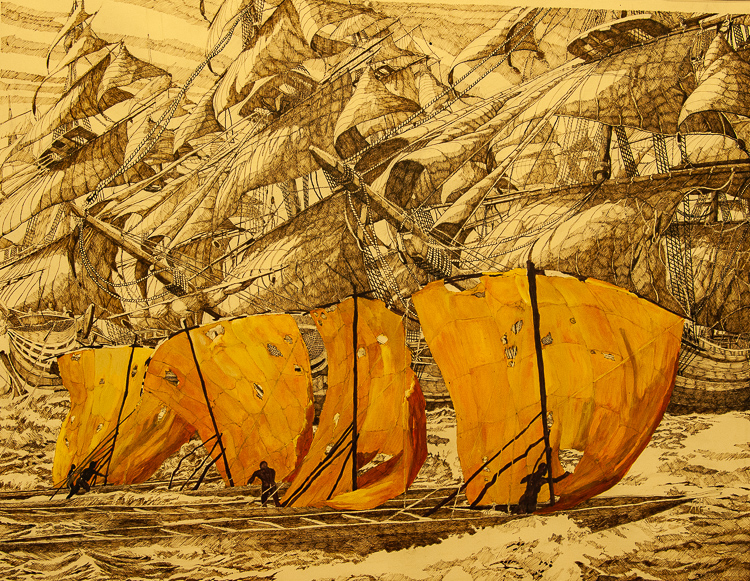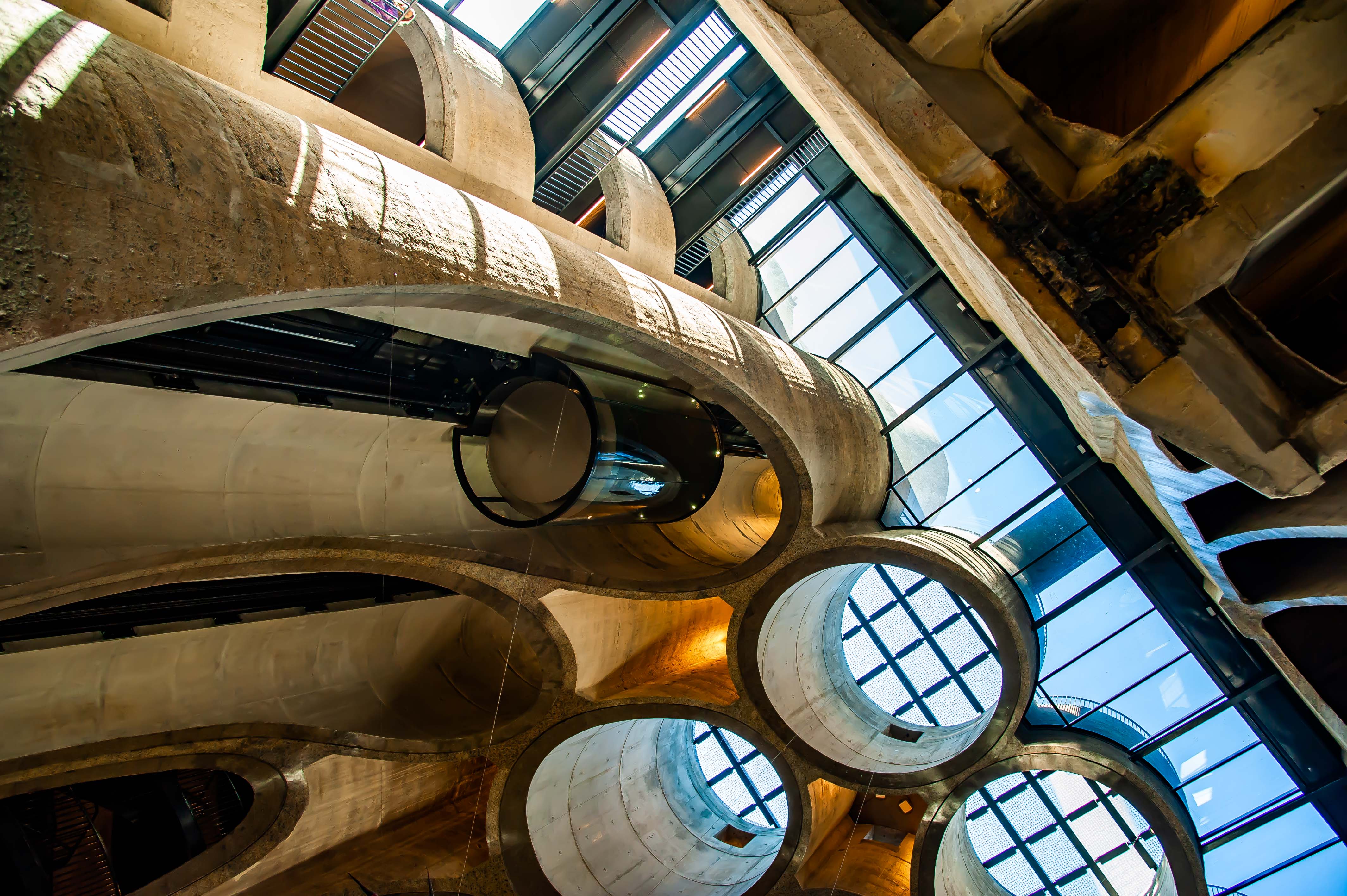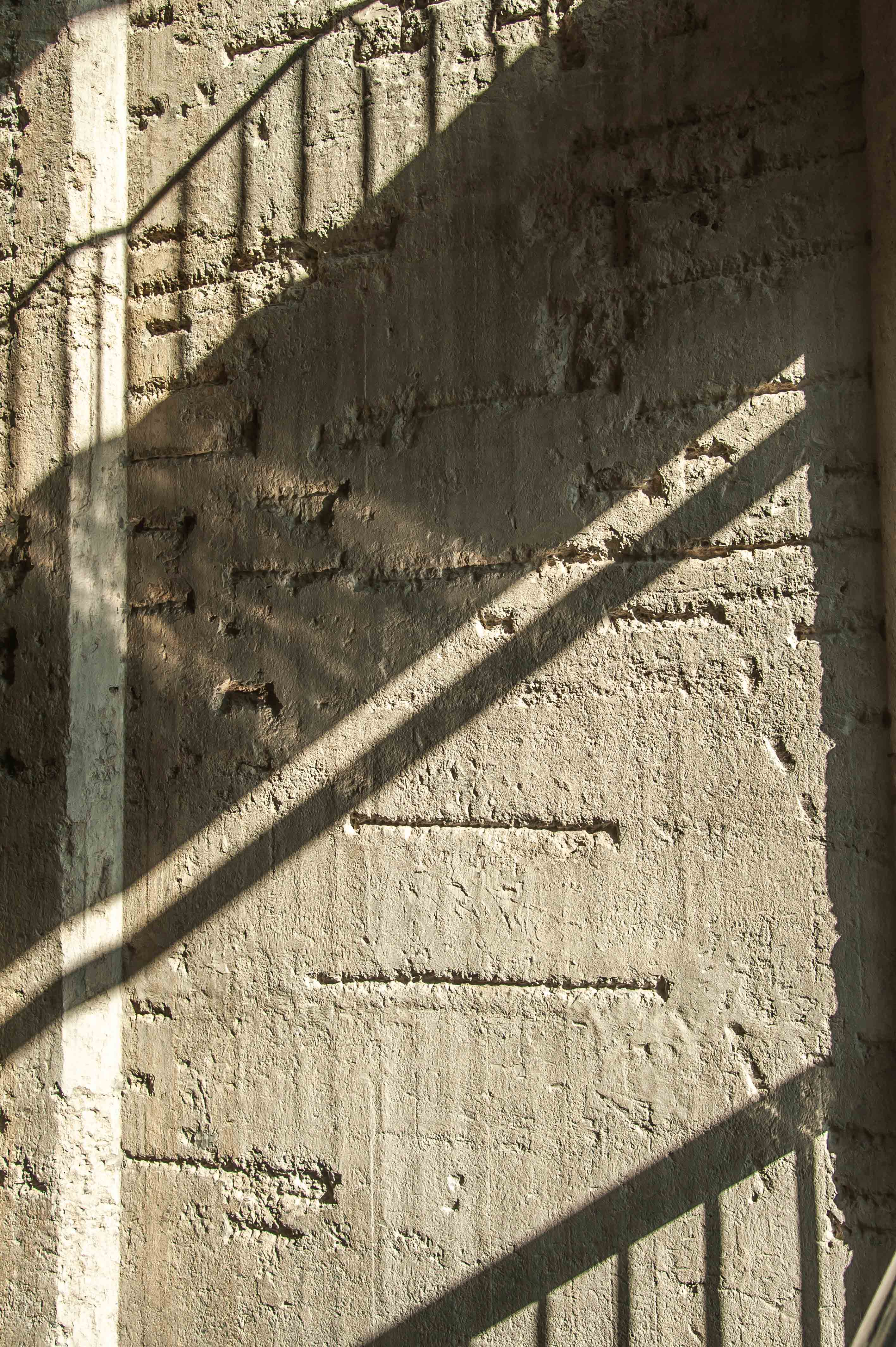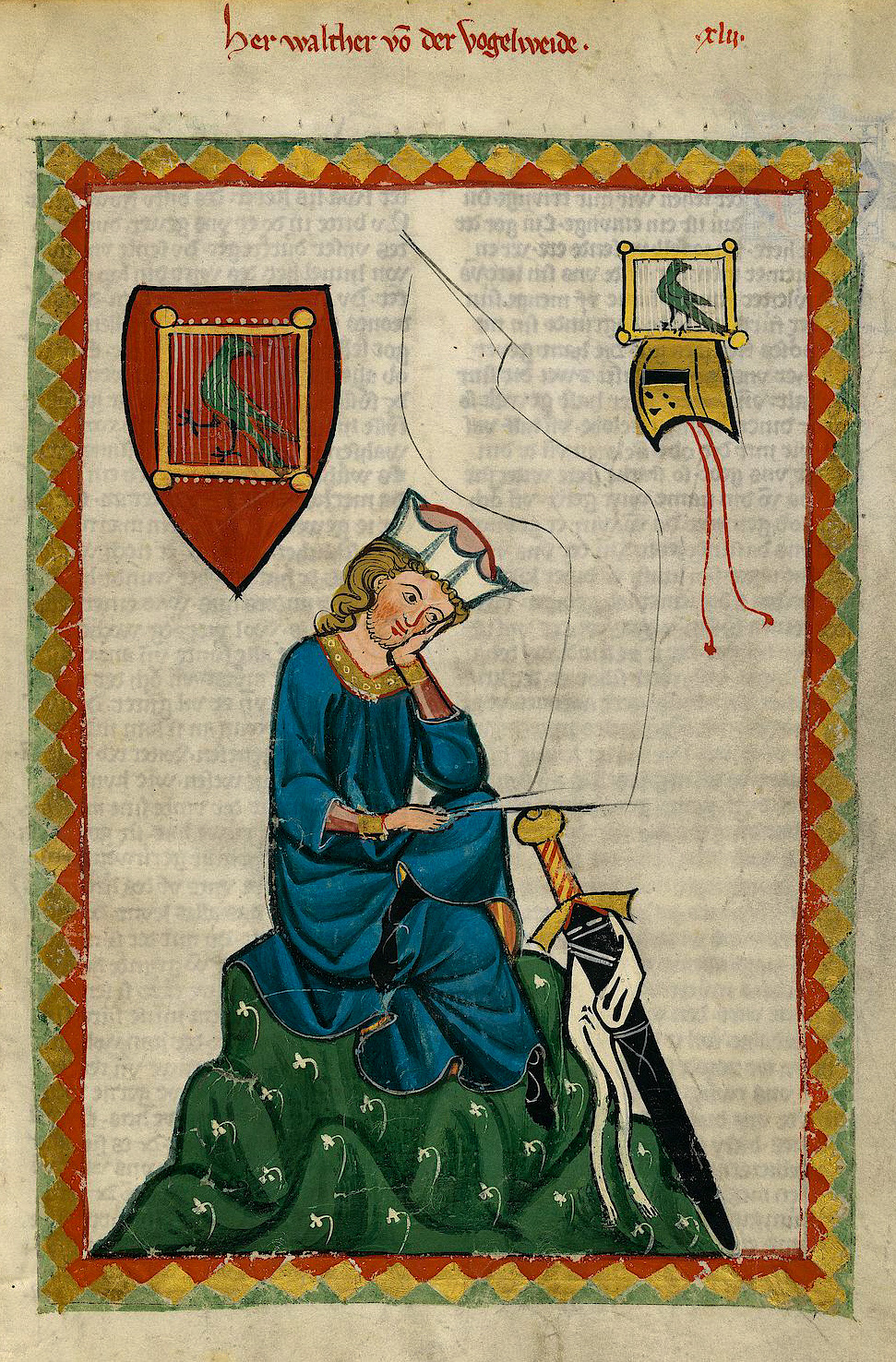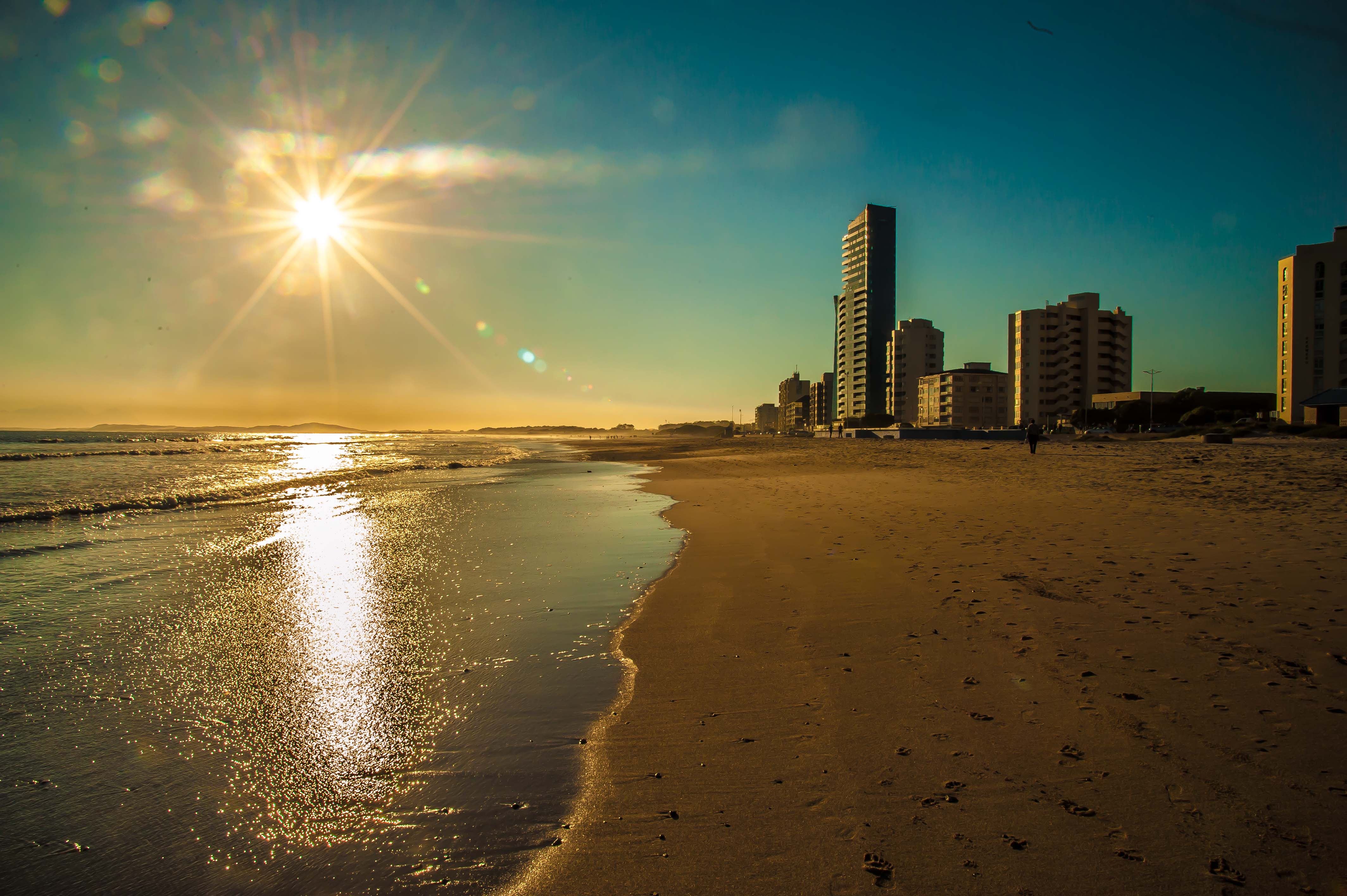

The people crafting in the villages and vendors along the street are having a hard time because of the lack of tourists in these times. Crafters, vendors, tourists – they all form part of an economy feeding into a greater network of keeping the habitat shared by wildlife and people alike, well and alive. And, what is not always apparent, they all need protection from being exploited. Crafters and vendors need a fair price for their products in return for their input; tourists need to invest in products that reflect community values, artistic skills and pride, supporting a socially worthwhile industry. Communities living in close contact with wildlife, need to be compensated for any damage caused by its occasional intrusion and wildlife likewise needs to be protected from human intrusion and possible exploitation. It is a delicate balance between the forces of natural occurrences such as flooding and droughts and the forces of man-made disasters caused by greed in conjunction with ill-placed and directed demands for mythical properties by not so gentle horny men from the East.
Here is the rub: our touristy footprint, large as it is – travelling 6000 km from the tip of the continent in the South to the tip of Botswana in the North – needs to be seen in context. We are contributing to keeping one of the last wilderness habitats on earth alive and well as best we can. Since the Amazon rainforest, earth’s breathing lung, is step by step ruthlessly being auctioned off – all visitors to the Chobe flood plains and the Okavango delta in the North of Botswana are charged with supporting these last remaining areas of wildlife on earth. It is an infinitely worthwhile task requiring immense commitment. It is not without danger, not without questions and problems, and considerable resources are to be spent on it. But in the end, to be near to our fellow creatures, unhindered, and in the process being transformed ourselves, becoming considerate, appreciative, humbler and quieter and better equipped to be rewarded with experiencing the joy, grace and beauty of wild animals living in their natural habitat.







We stayed downwind in one spot near a watering hole and were rewarded with some lovely views, unnoticed.
Later that afternoon we chugged along on the Chobe river which here forms the border between Botswana and Namibia.
Amazingly the wildlife on both sides of the river not only appears to be untroubled by our presence but even seems to enjoy being watched. They couldn’t give a tinker’s cuss about our motorised goings-about while wading over and feeding on the river islands. It seemed they were feeling safe for the while under our watch and would return before nightfall to the Botswana side of the river, away from the Namibian side from where poachers had recently crossed the border and been swiftly apprehended by Botswana wildlife protection teams.











It was a great adventure for us and we thank the Bhejane team for their guidance and wonderful care. We would not have been able to do this trip on our own and we consider ourselves lucky to have done it in the company of a group of like-minded travellers who we met as strangers and parted from as friends.
Thank you.
With love
Colleen & Walter
Stellenbosch
27 Sept 2021










































